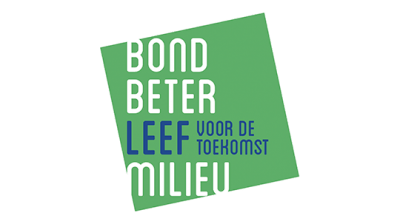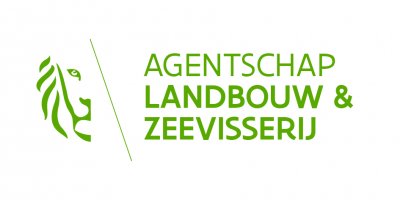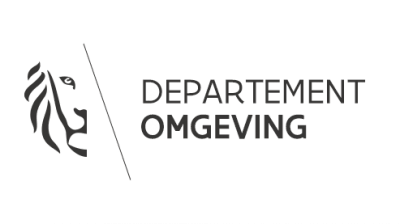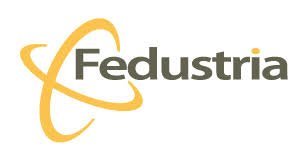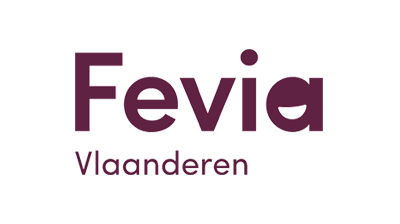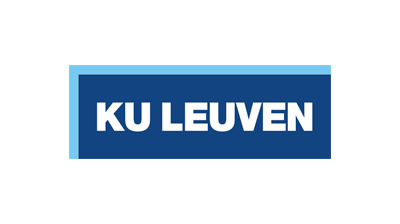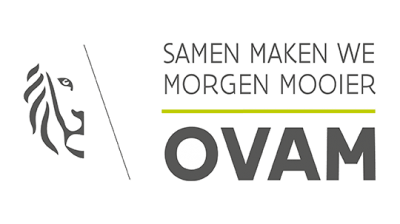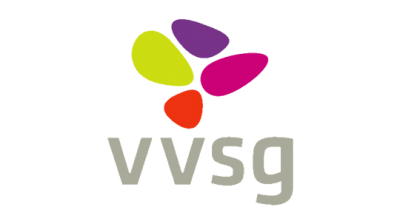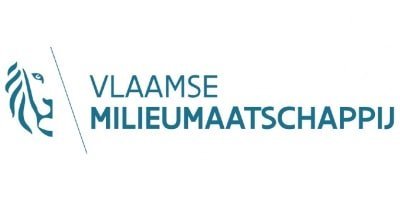CIA²
Moving toward a holistic approach to construction projects
Today, circular principles are insufficiently applied in the construction process because the construction process is too fragmented, both vertically and horizontally. Due to the complexity of construction, companies have become increasingly specialized. This offers many advantages but at the same time leads to a fraying of the specifications into a multitude of lots, creating extra potential conflict zones. Also, the linear construction process causes fragmentation: different parties each realize one part and then disappear. They have nothing to gain from the sustainable character of the entire construction process.
With the CIA² project, AVC Gemino, in collaboration with Designregio Kortrijk, Bopro, and Ingenium, is looking for an innovative response to this issue. For the first time, we focus on the interfaces: the interspaces that make connection possible. This concerns both literal contact surfaces (e.g., between wall and ceiling), but also figurative contact points between stakeholders and different phases in the construction process.
Concretely, we listed the needs and interests of all stakeholders in the construction process. From there, we defined the scope and generated ideas. We tested multiple methodologies to make interfaces more circular(ready) through concrete cases and collected a whole series of lessons learned.
Key results |
Key lessons learned |
|
|
What will the future bring?
Within the project period, we could not complete all steps: in terms of communication and knowledge sharing, the project partners continue to work on their own initiative. There will be broad communication about the project results and targeted actions will be set up for architects and other stakeholders in the (interior) construction process.
Through the project website that will be developed, we will continue to disseminate our lessons learned. Knowledge sharing will also remain active through the rollout of a workshop for various target groups and environments, such as in the context of the new bachelor's degree in Built Environment or the Living Summer School.
Furthermore, we continue to focus on raising awareness through a publication about the necessity and feasibility of circular (interior) construction.
Finally, the project results will be applied in new use cases (mainly new-build office projects). Our own use case will be further refined and tested primarily in outdated office buildings, as a circular interim solution pending thorough renovation.
AVC Gemino
Partners Designregio Kortrijk, Bopro, Ingenium
Topics Recycling & Reuse › Financial › Business Models › Circular materials and building systems ›


